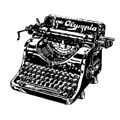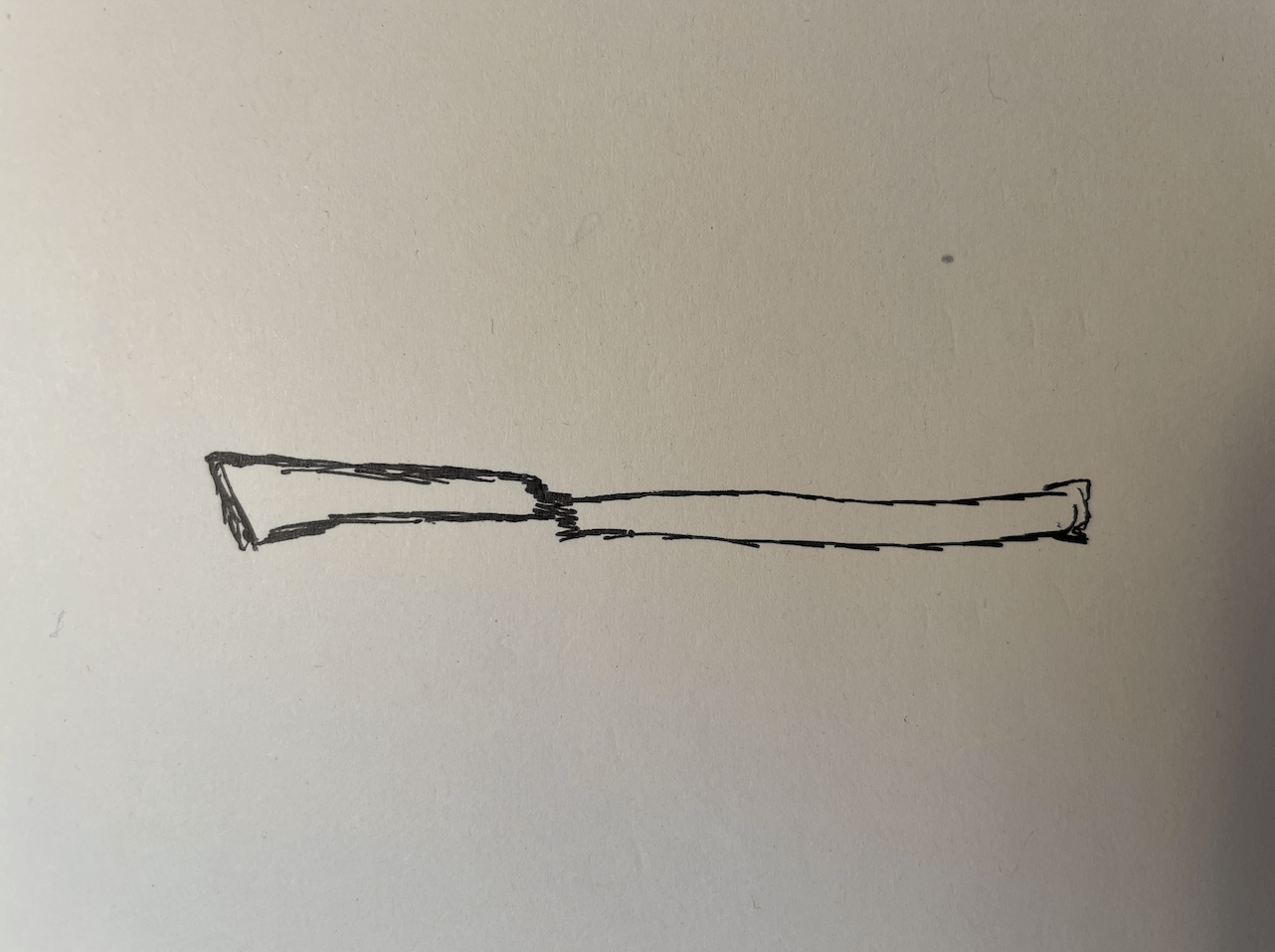Cococ1: nahuatl [adj] afflicted, tormented, mistreated; stinging, pain, sorrow, grief, affliction; spicy, that burns the mouth.
What is pain? what experiences of pain exist? Three useful concepts to know related to pain are nociceptive, neuropathic, and nociplastic pain.
Nociceptive pain is telling us there’s something wrong in our bodies, neuropathic pain is sort of a malfunctioning in the pain signaling system and nociplastic pain arises from abnormal processing of pain signals without clear evidence of damage or recognised pathology. (Andy Clark, The Experience Machine)
Beyond these useful categories are our experiences of pain.
Take a moment and breathe deeply.
Do you feel any physical or emotional pain? Perhaps in a part of your body or maybe triggered by a painful memory? How do you perceive and experience pain?
When I was 9 years old I broke the radius bone of my right arm. My family shared a trampoline with some of the neighbors in the communal garden. I jumped two or three times from it towards the grass. I wanted to fly! I broke my arm on the last jump. Crack! I heard the sound of the bone breaking. I remember the moment vividly, or rather, like a bad dream that lingers through a day.
Fortunately, it was a simple fracture and the bone did not pierce the skin. My mother took me to the nearest clinic, the doctor put on a cast and told me to avoid playing or doing intense physical activity.
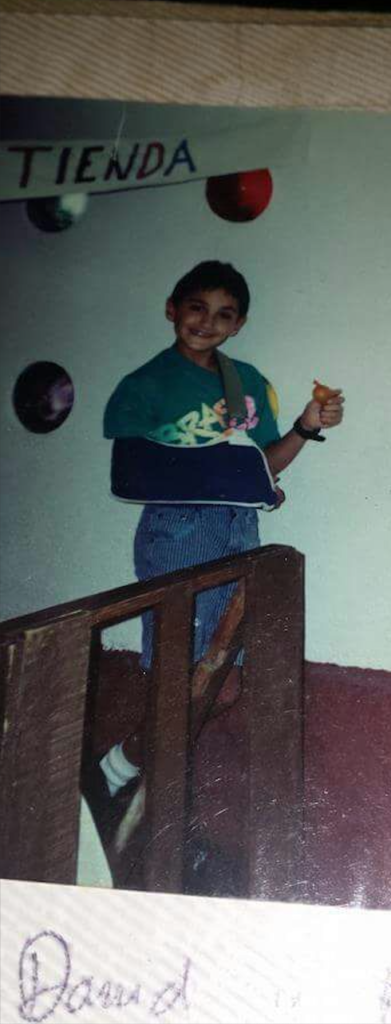
Around 4 weeks later, I was happy to see the doctor to have the cast removed, but being the restless child that I was, I ignored half of his instructions and this happened.
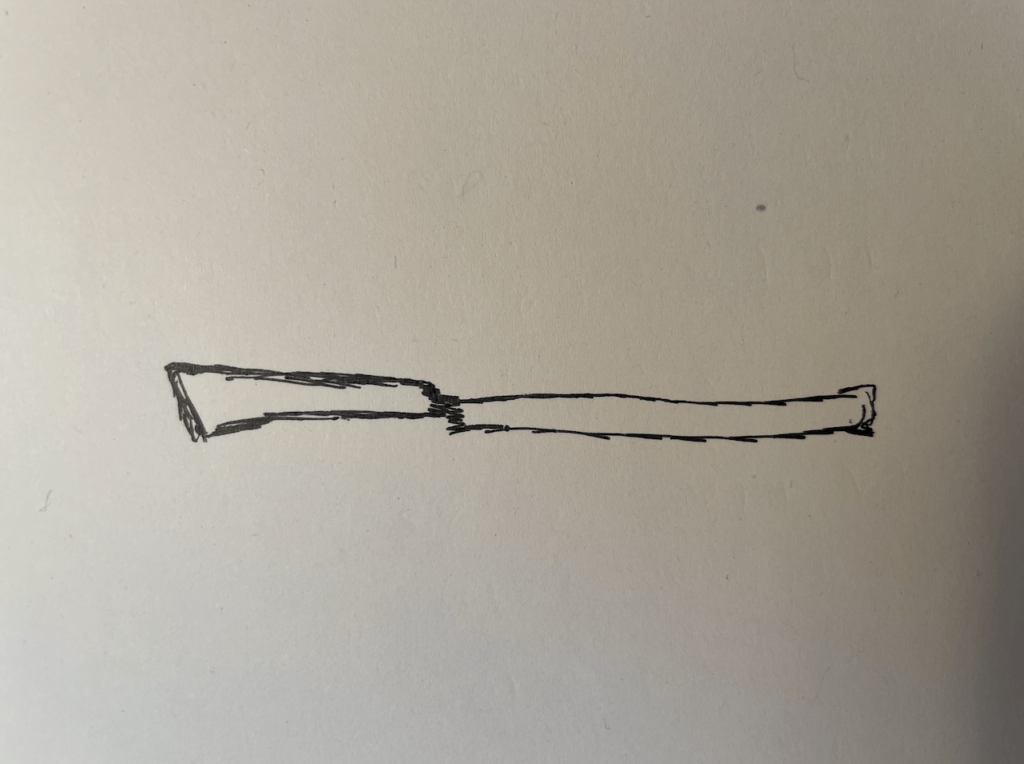
Or at least, this is how I pictured his description. The bone was misaligned and started to heal in the wrong position.
In order to fix this, three doctors needed to break the bone again with a manual procedure called closed reduction. They explained it as follows: one doctor would pull my hand in one direction, a second doctor would pull my upper arm in the opposite direction and a third doctor would break the bone again and put it in the right position. The doctors offered local anesthesia, but I refused to take it, as I was afraid of injections. Unwise.
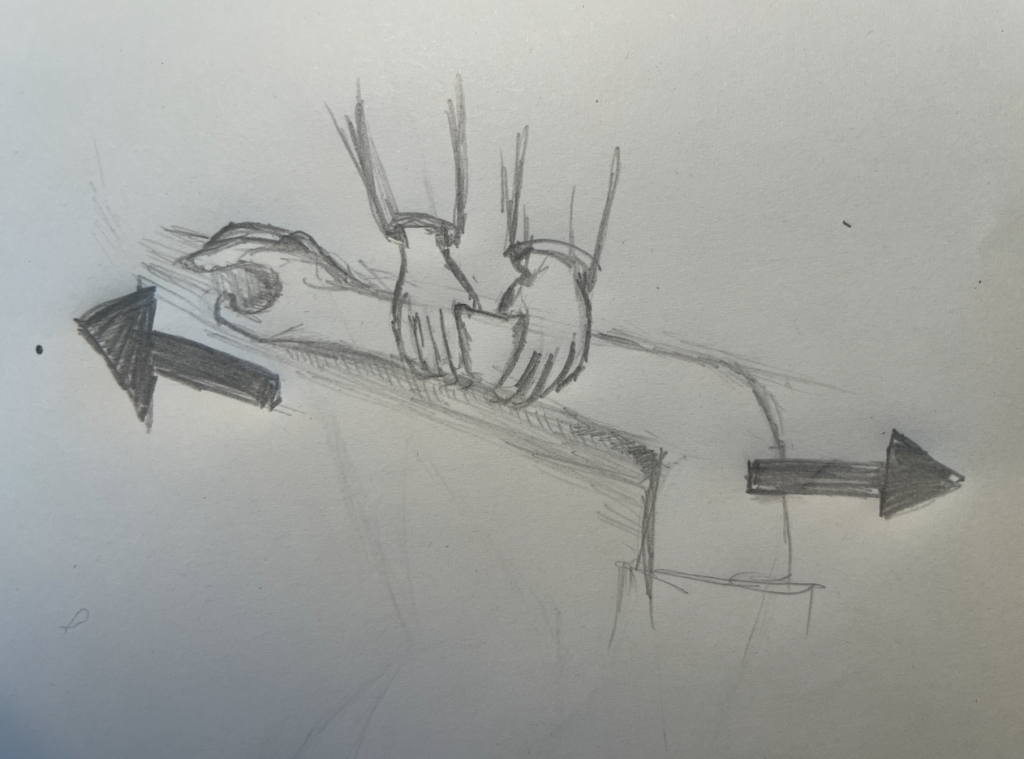
While the three doctors adjusted the bone, the volume of pain rose to a level that I have never felt before. I think I nearly fainted. To that point, it was the most painful experience of my life and I still consider it one of the most painful. After they finished, the doctor put another cast and a month or so later I was fully healed. So, I was perhaps around 2 months with a cast and I had to learn how to write with my left hand, my handwriting was truly awful. In retrospective, this was also a lesson about patience.
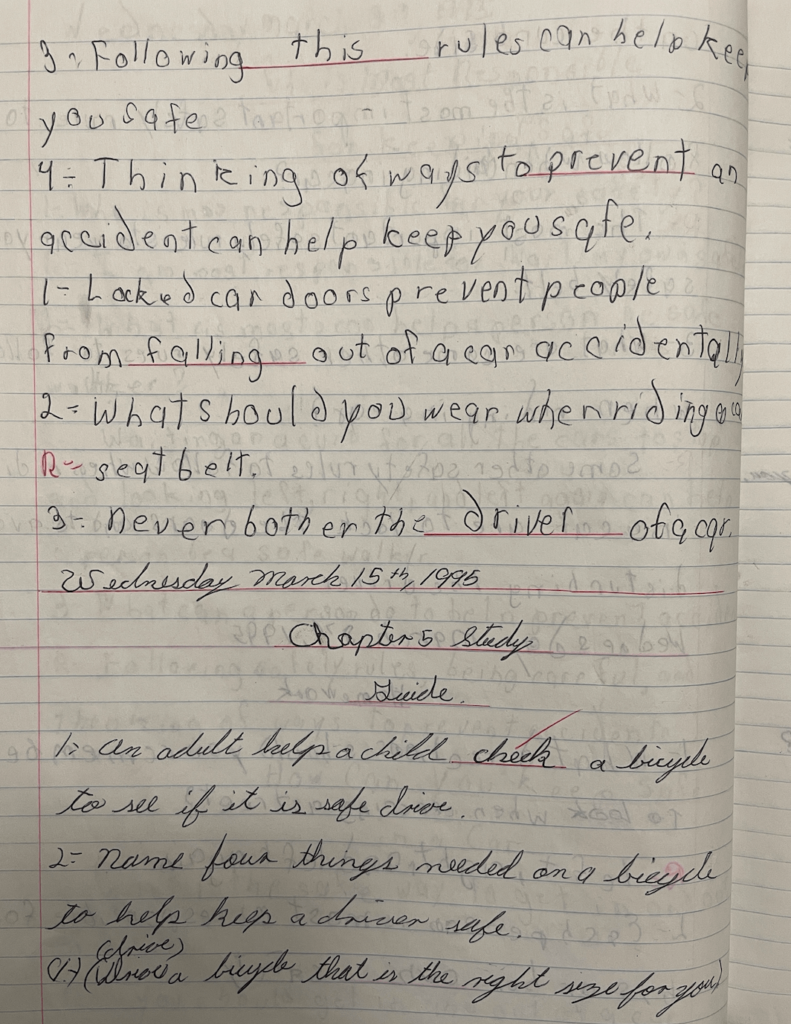
Then, when I was 13 or 14 years old, I broke my left arm while training roller hockey at school. During the recovery time, I made the same mistakes of playing, jumping, and running while having a cast. The doctors had to do the same manual procedure of breaking my left arm, again. This time I accepted the anesthesia. Gerne.
So that’s two broken arms, times two.
At the age of 34, I broke my left arm again, this time due to a distraction. I was walking down a random street in Mexico City and I fell down by accident. This time I learned my lesson 🙂
Pain can be a useful teacher.
“Yet in attachment blossoms fall, and in aversion weeds spread.” (Dogen, Genjo-koan)
- Diccionario de la lengua Nahuatl o Mexicana, Remi Simeon
